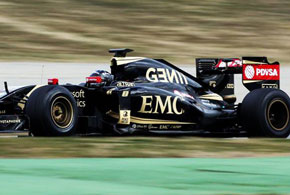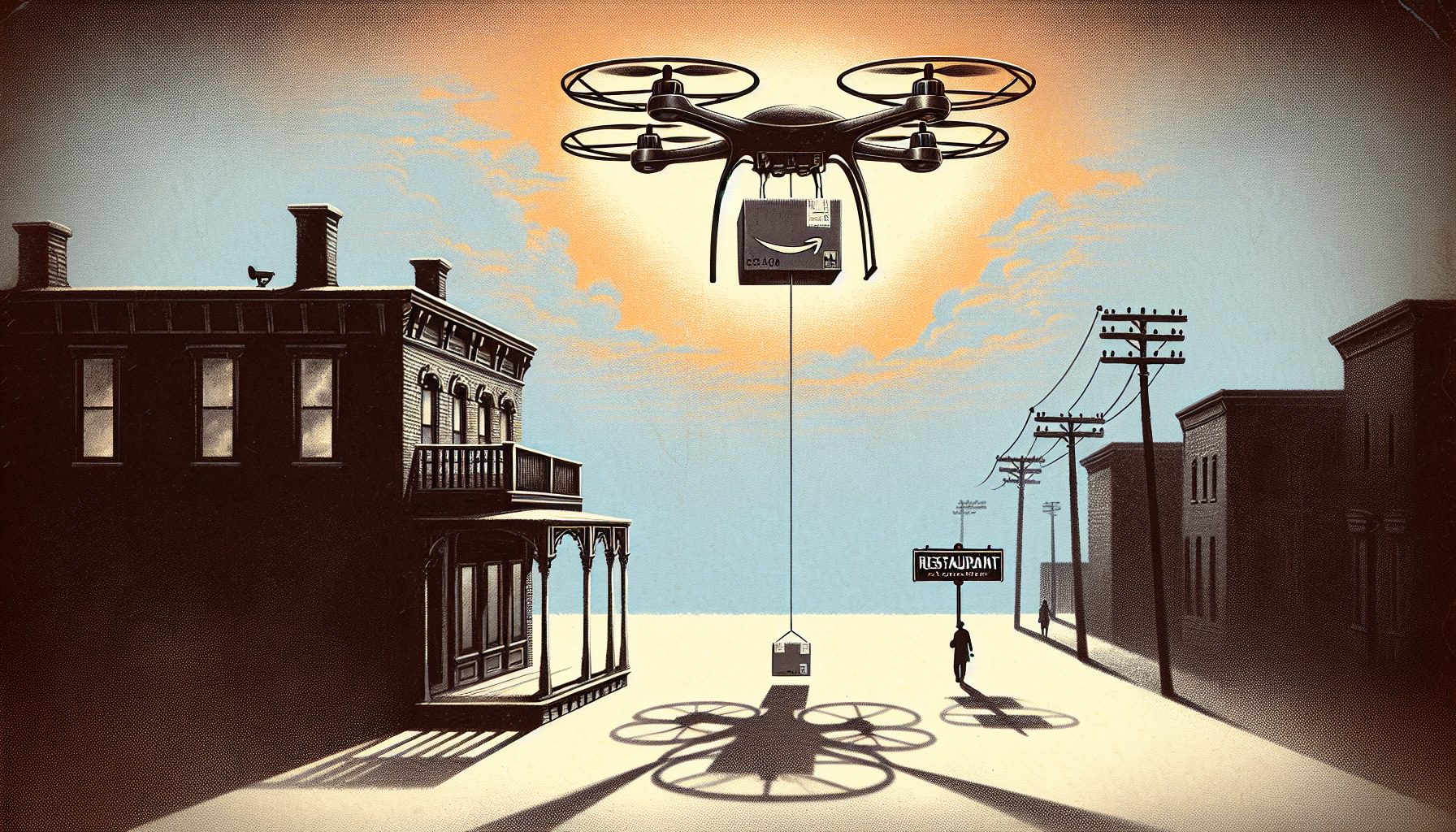Operating a Formula 1 racing team is a daunting task. Not only must an organization oversee a vehicle that travels at upward of 200 miles per hour, but it must manage increasingly complex computers and IT platforms.
“It’s important to run a variety of systems and applications at trackside that allow engineers to better understand the car’s performance issues,” explains Mark Everest, IS development manager for the British Formula One racing team, Lotus F1.
The Lotus F1 Team, which participates in about 20 races per year around the world, has to ship computers and other IT equipment to race sites and then build the entire network. The time and cost of transporting computers and servers is high, says Anthony Smith, senior converged infrastructure specialist. In addition, every time the organization added an application, “We had to potentially buy a new server, wait for it to be delivered, build it, commission it and set it up,” Everest adds.
But the challenges didn’t stop there. The high-tech racing cars are equipped with sensors that send a stream of data to technicians at trackside, as well as to the organization’s headquarters in the United Kingdom. Engineers analyze the data and look for ways to optimize the vehicle and improve its racing performance.
The Lotus F1 Team also needed to improve the way data flowed across the IT platform. “Overall, the environment was expensive and lacked the flexibility we required,” Everest reports. “We needed to take a more agile approach.”
Adopting a Converged Infrastructure
The company completely redesigned its IT platform and adopted an EMC-based converged infrastructure. As part of this redesign, Lotus F1 Team deployed a private cloud across coordinated data centers for improved design work, testing and racing, and accommodating standard IT operations.
“The ability to create virtual machines and load them onto our infrastructure has allowed us to gain enormous computing power and manage IT far more effectively,” Smith says. “Having everything virtualized means that we can run the equivalent of about 200 servers trackside within a single rack of physical space.”
Among other things, this makes it possible for engineers to analyze performance data in real time. “We’re talking about trying to gain tenths of a second in lap in order to improve the performance of the car,” Everest points out.
“So, our ability to analyze data from practice laps on Friday and qualifying on Saturday afternoon has a lot to do with the results on Sunday. Once a car is finished with qualifying, it cannot be changed. But we’re able to make small tweaks and adjustments to tires, flaps and the engine that can have a big impact.”
The initiative has led to a dramatically smaller IT footprint on the track, and the reduced shipping weight for all the computing equipment has resulted in a savings of $143,000 each season. Finally, Smith says that the virtualized environment has resulted in a dramatic decrease in power usage and has eliminated concerns about data availability and backups.
“We demand continuous availability, and we have no time for IT maintenance on the weekends,” Smith says. “We have taken a giant step forward by virtualizing the infrastructure and mirroring data.”









